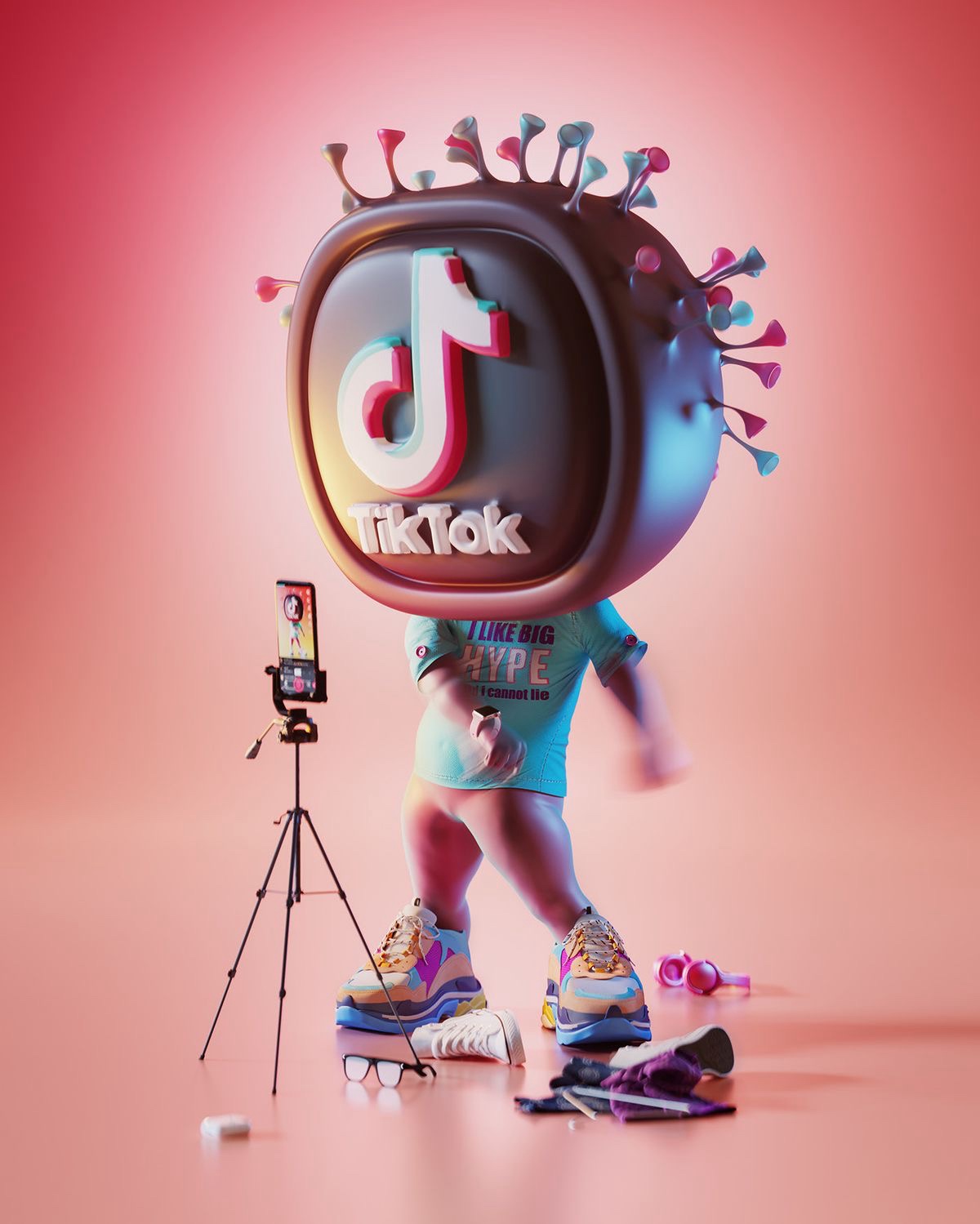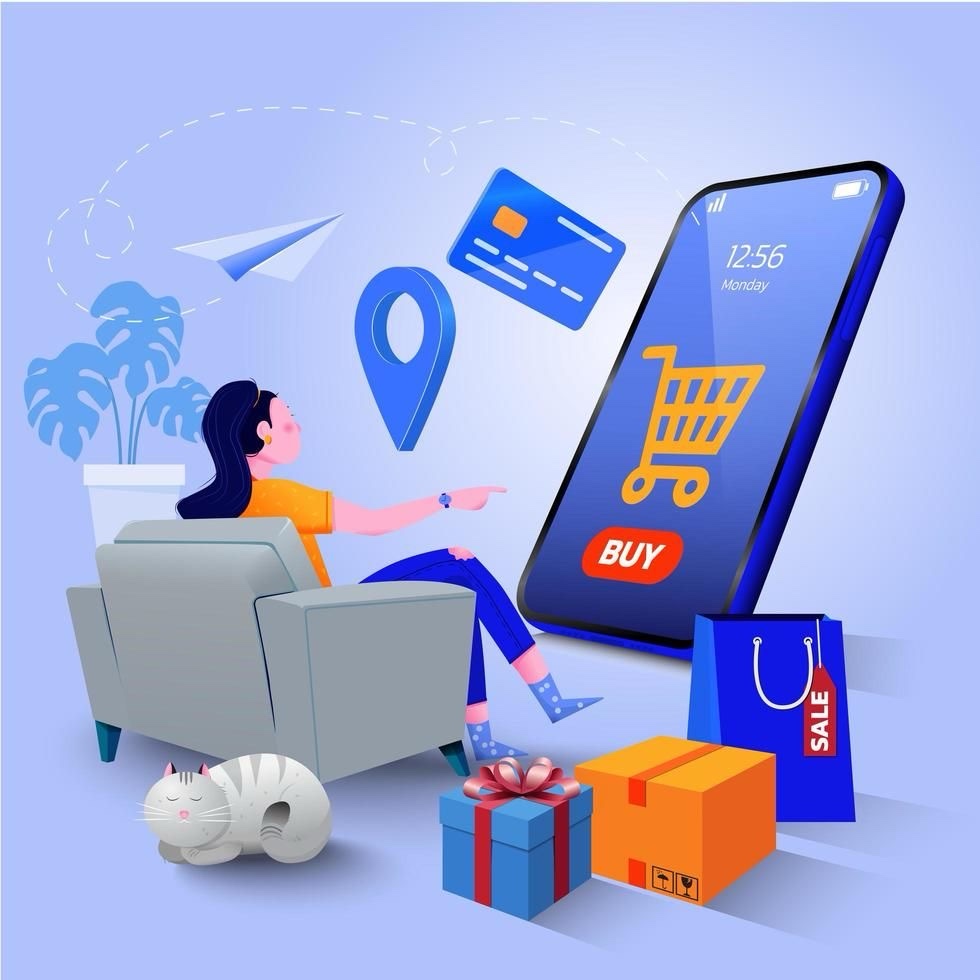Think about the last time you made an online purchase. Chances are, you didn’t buy that cool gadget or that stylish dress because a company told you to. No, you bought it because it felt like they were talking directly to you. That’s what user-centered marketing is all about – it’s like having a conversation with a friend who knows exactly what you need. In this blog, we’ll explore the magic of user-centered marketing, with real-life examples to make it crystal clear.

1: Understanding Your Audience
User-centered marketing starts with understanding your audience inside and out. It’s like being a detective trying to figure out what makes your customers tick. Ask yourself questions like: What do they want? What problems do they need solving? What keeps them up at night?
2: Creating Buyer Personas
Buyer personas are like your marketing best friends. They’re fictional characters that represent different segments of your audience. Let’s say you’re a company that sells fitness gear. One of your personas might be “Healthy Hannah,” a health-conscious young professional who wants quick and easy workout solutions. Knowing Hannah’s needs helps you tailor your marketing to her.
3: Tailoring Your Message
Now that you know your audience, it’s time to craft your message. If you’re marketing to tech-savvy millennials, your message might be more informal and tech-focused. But if you’re targeting older generations, a more traditional approach may work better.
4: Personalization
Think about when you visit your favorite coffee shop. The barista knows your name and your usual order. That’s personalization. In the digital world, it means sending personalized emails, showing product recommendations based on past purchases, or greeting returning customers by name.
5: Empathy and Problem Solving
User-centered marketing is like lending a helping hand. Your content and products should aim to solve real problems. For example, if you’re a company selling home organization tools, your blog might offer tips on decluttering or show how your products can make life easier.
6: Real-Life Examples
Let’s look at a real-life example. Amazon, the e-commerce giant, uses user-centered marketing brilliantly. They analyze your past purchases and searches to recommend products you might like. It’s like having a personal shopper right at your fingertips.
7: Gathering Feedback
User-centered marketing is not a one-time thing; it’s an ongoing relationship. Ask for feedback and reviews. Listen to what your customers are saying on social media. Their comments and reviews can guide you in making improvements.
Conclusion:
User-centered marketing is not a fad; it’s a winning strategy. It’s about understanding, connecting, and helping your audience. When you put your audience first, they’ll reward you with loyalty, trust, and, ultimately, their business. So, start those conversations, get to know your audience, and watch your marketing efforts flourish. Your audience will appreciate it, and your business will thrive.

















